Note from the writer: Today, I wanted to pay tribute to the passing of Queen Elizabeth which occurred on Thursday, September 8, 2022. In talking about Princess Diana throughout the entirety of this article, we cannot ignore the influence of Queen Elizabeth and how significant her contributions were to feminism in the 20th and 21st centuries. Many differences have been drawn between Princess Diana and Queen Elizabeth, but people often forget their similarities. Both women lead with compassion, something the world could learn from and aspire more towards. Queen Elizabeth was a beacon that shined with kindness and warmth, leading the way for other female leaders to come.
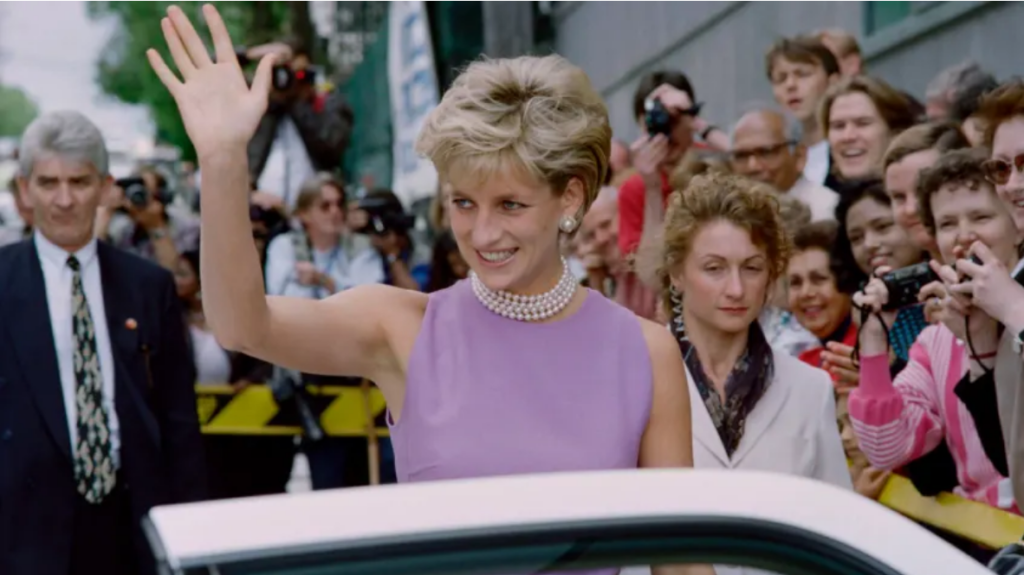
Picture this: A golden carriage. Thousands of people line the streets. A princess stunning in white. A pure white cathedral. A prince waiting for his princess…
Sounds like a happily ever after Disney film, doesn’t it? Ed Perkins’ documentary The Princess, released recently on HBO (August 13), shows how the fairytale began and how it tragically ends. “Happily Ever After” doesn’t roll before the end credits, but something far more interesting happens throughout this film.
As we approach the 25th anniversary of her death, Princess Diana is known to this day, and will most likely be known throughout history, as the people’s princess. As we know now, she did not live the fairytale as so many presumed. Cue the curtain on the fairytale. The Princess takes a bow… but not for this Princess! Diana exceeded many expectations, and quite possibly even her own.
Unlike other documentaries about Princess Diana, Perkins’ film is an entire documentary consisting of media coverage and public opinion, rather than a typical series of people interviewed with firsthand experience of the Princess.
As shown at the beginning of The Princess, the media covered Diana more aggressively than any other person marrying into the royal family up until that point; perhaps some would even argue to this day. The film shows how Diana was just like any other 19-year-old, who didn’t understand the world beyond what she experienced in her younger years, particularly within the confines of the British aristocracy. The fact that she was a Spencer implies that her background was even more regal than King Charles himself. Her evolution and confidence evolve significantly throughout the film, as we see the 19-year-old girl become a woman who knows her own self-worth and selflessly gave to people regardless of the benefit for herself, even when dealing with the criticism and skepticism from the press.
The media never left her alone and instead created a global sensation with their coverage of “Diana-mania.” In The Princess, the first realization of her impact is prominent during her royal tour with King Charles (known as Prince Charles at the time) in Australia. When Diana greeted the crowds, they went mad for her. There were calls for Diana through a constant outpour of people throughout the country, as King Charles followed nearby, constantly overlooked. She was something different, not just for the British monarchy, but for the entire world.
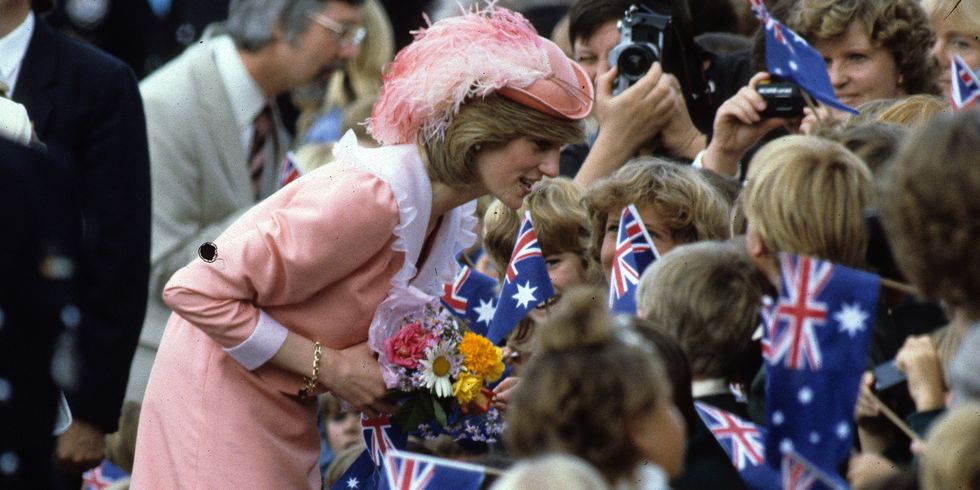
(Princess Diana greeting people during the Royal Australian Tour in 1983)
After the royal tour, the documentary points our direction toward Prince William as a toddler, who is famously the first-born son of the Prince and Princess. The film uses many media voiceovers, over several years, to reveal the subtext in each circumstance. The media might have viewed them as a happy couple at the time, but what the film suggests is something completely different. One voiceover, a reporter, states “they were married for convenience,” which changes our perception of the footage from those early days. It begs the question: who was the marriage convenient for? Diana was placed into the situation for the convenience of the monarchy rather than for herself.
The film pushes on to an interview between Diana and Charles. A reporter asks Diana, “What do you think of people calling you a determined domineering woman?” Then, the same reporter suggests that Diana had tried to change King Charles. Diana also answered the question “what’s your role?”: “the most important thing is to be a mother and a wife,” Diana replies and continues, “That’s what I’m trying to achieve.” As much as those are wonderful things, it proves not only how the monarchy at the time viewed women, but also how some women viewed themselves. However, Princess Diana would evolve into something more: A woman who carved out a path for feminism in the modern age.
In 1987, Diana did something extraordinary early in her tenure. In The Princess, reporters explain, “The Princess of Wales has opened Britain’s first purpose-built AIDS ward” in London Middlesex Hospital and during the visit “She was spontaneous and unrehearsed…[she] picked up a little boy who had AIDS and hugged him.” At the time, the stigmatism targeting AIDS patients weighed heavy in the public’s consciousness and very few understood the suffering that these people faced. Diana did though. She understood it wasn’t something to look away from, but to face with compassion.

(A visit to an HIV and AIDS center in London, 1996)
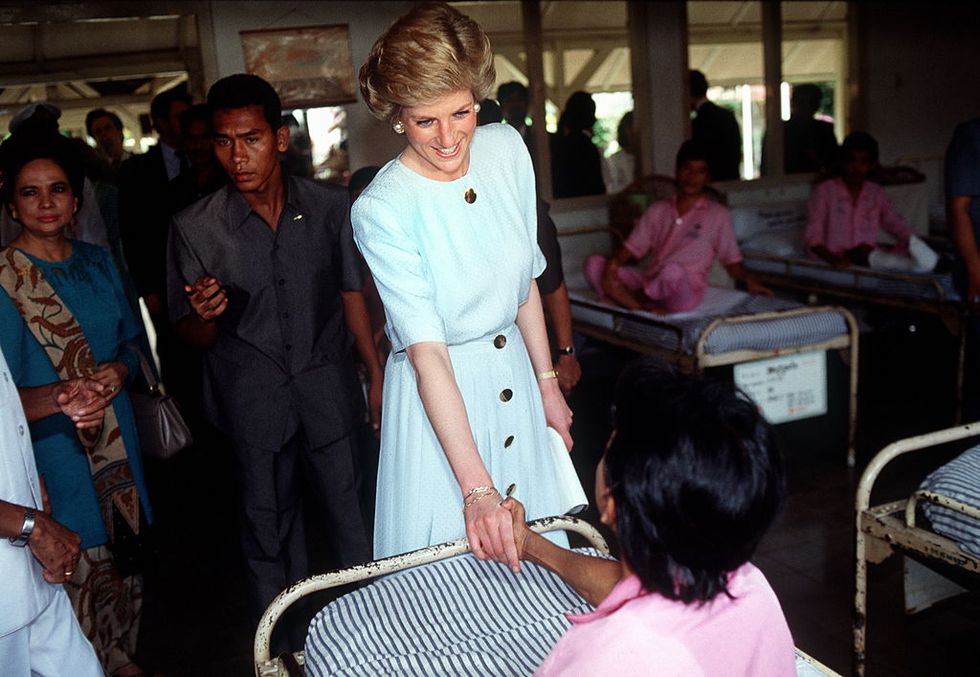
(The Princess shaking hands with a leprosy patient at a hospital in Indonesia, 1989)
When visiting America back in 1989, Diana went to Harlem Hospital in New York and saw AIDS patients. In the voiceover, a news segment describes the scene: “Staff told her they were surprised she had come to Harlem Hospital, a place never visited by any American president.” The Princess bravely shed light on any issue she felt needed her attention and compassion, and that reach didn’t just end with her support to those with AIDS.
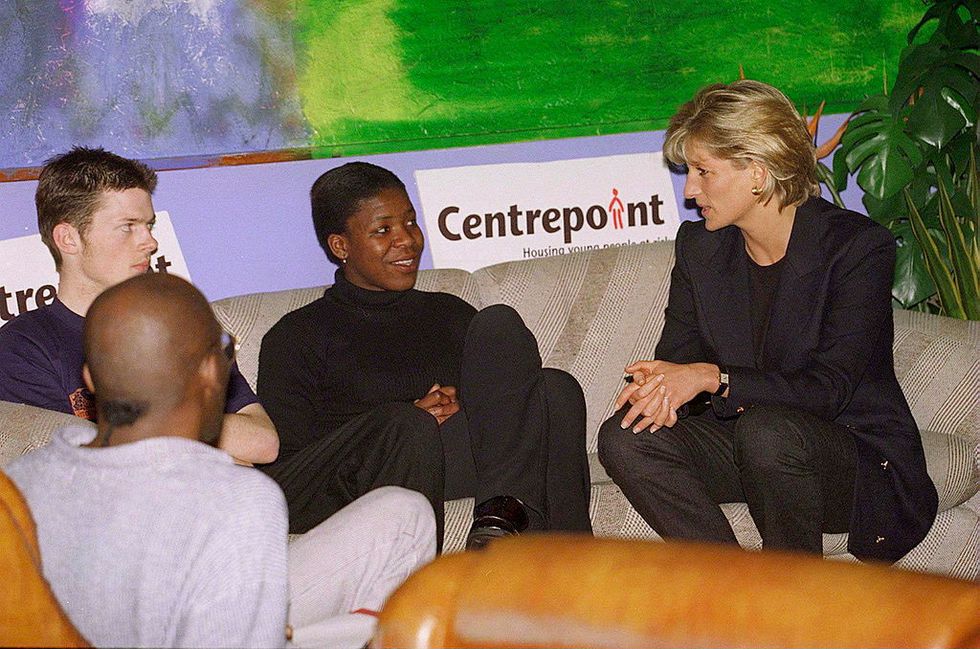
(Princess Diana working with the homeless at Centrepoint in 1997)
Diana pioneered a new age for women to confront difficult marriages and mental health issues. The documentary shows the most significant and controversial interview of all: The BBC Panorama interview with Martin Bashir. In this interview, Diana reaffirmed what was suspected from tabloid coverage and books: the affairs, bulimia, and the lies. With that, Queen Elizabeth had King Charles and Princess Diana end the tabloid fodder with a divorce in 1992. Diana showed the public she didn’t want to shy from her problems anymore and officially carved her own path.
The Princess reveals one of her lasting impacts: her brave strides towards ridding the world of landmines. She visited Angola to expose the horrific living conditions of women, men, and children who had to live in fear of losing a limb or their lives. Diana established herself as a humanitarian of the world and was honored as such. Diana’s exposure of these people’s horrifying circumstances led to the British government making the following decision (announced by former Prime Minister Tony Blair): “The government will make an announcement today that will ban the import, export, transfer, and manufacture of anti-personnel landmines.” The Nations Mine Ban Treaty would eventually lead to 160 countries agreeing to ban landmines worldwide. A woman, who was seen only as the bearer of the British monarchy’s heirs, single-handedly changed the course of thousands, if not millions, of lives.
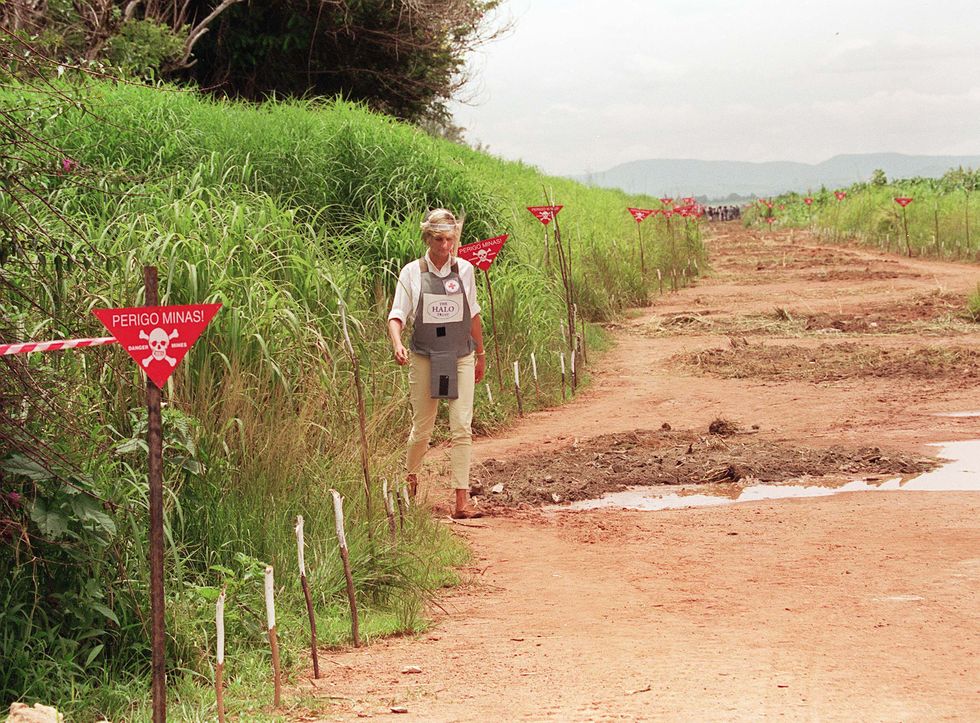
(In 1997, Princess Diana worked with HALO Trust to clear landmines in Angola)
The film concludes with Diana’s death, as the entire world looked on in shock. Princess Diana was a person the world had never experienced before, and her death was unlike any that the world had experienced. As a little girl, I remember the day my mom told me that Princess Diana died, as do many who were old enough to remember.
The Princess beautifully depicts how we perceive Diana as a media figure rather than a real person, specifically creating her persona as a fairytale figure turned saint and icon. As the years have gone on, many, like myself, have discovered her influence on people of color, AIDS patients, homeless people, and others who have suffered from the atrocities of war, especially at the hand of landmines. In helping the people that she did, Princess Diana inspired young people, particularly young women, to embrace humanitarian work. Her impact on the feminist movement is more profound than we realize and as time goes on, we will continue to see how one woman’s compassion can change the world for the better, and we will forever miss the one and only Diana: The Princess.
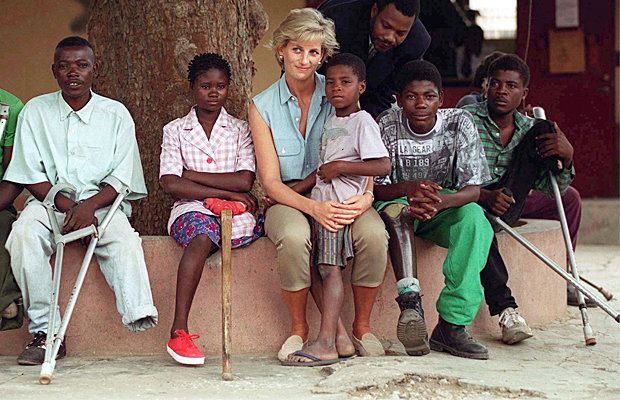
Comments